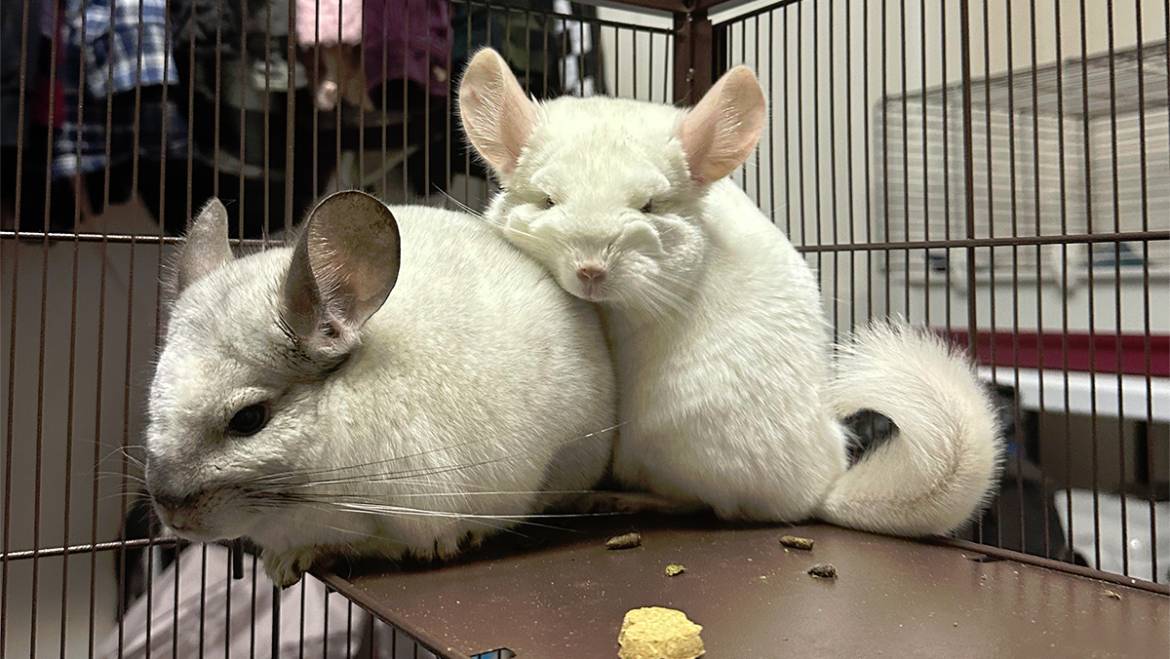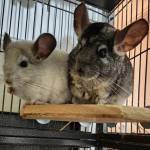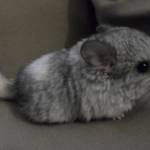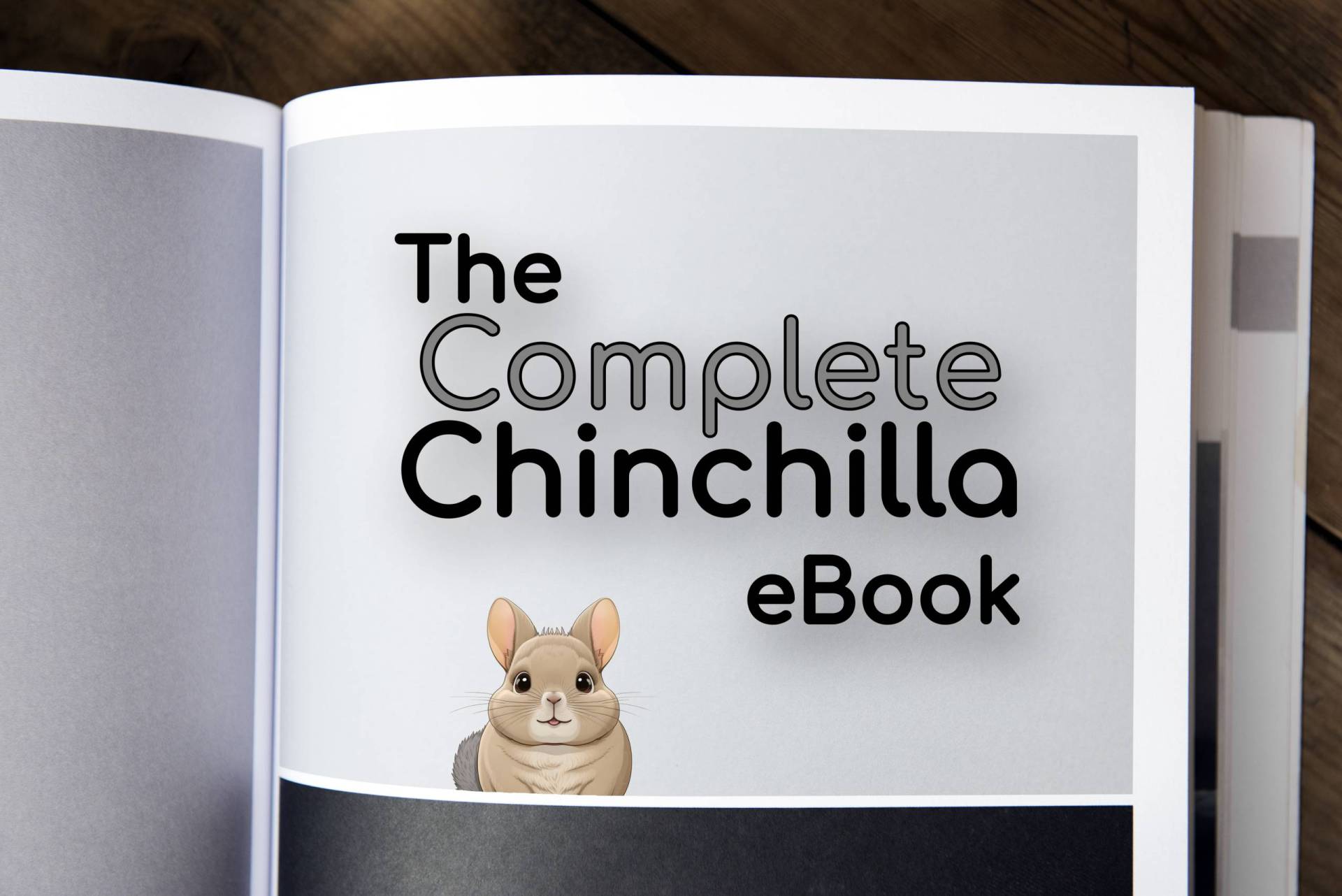Chinchillas are fascinating and adorable creatures that have become popular pets over the years. As with any pet, it’s essential to understand their behavior, particularly when it comes to breeding. One common question that many chinchilla owners have is whether siblings can mate. In this article, we’ll explore the topic of chinchilla breeding, delve into the issue of sibling mating, and provide some useful tips for responsible chinchilla breeding.
The Basics of Chinchilla Breeding
Before we dive into the topic of sibling mating, let’s first understand the basics of chinchilla breeding. Chinchillas are polygamous animals, which means that they mate with multiple partners during the breeding season. The breeding season for chinchillas typically lasts from November to May, and during this time, the males become more aggressive and territorial.
Chinchillas reach sexual maturity between 8 and 12 months old, with females maturing earlier than males. Female chinchillas can breed every 28 to 35 days and have a gestation period of 111 days, which is relatively long compared to other small animals. Chinchillas usually give birth to one to two kits (babies), but in rare cases, they can have up to six kits.
Breeding chinchillas requires careful consideration, as it can be a complicated process. It’s important to ensure that both the male and female chinchilla are healthy and free from any genetic or hereditary diseases that can affect the offspring’s health. Additionally, chinchilla breeding should only be done by experienced breeders who understand the process and can provide the necessary care for the kits.
Can Chinchilla Siblings Mate?
The short answer is yes, chinchilla siblings can mate. However, it’s not recommended as it can lead to severe health issues for the offspring. Breeding closely related chinchillas can increase the risk of genetic disorders and deformities, which can lead to severe health problems or even death for the kits.
Inbreeding can also result in reduced fertility and poor litter sizes, which can be detrimental to the chinchilla breeding program. Therefore, it’s essential to avoid breeding siblings or close relatives, and instead, breed chinchillas from different lineages to minimize the risk of genetic issues.
Genetics of Chinchillas
To understand why breeding siblings can be problematic, it’s important to first understand the genetics of chinchillas. Like all mammals, chinchillas have two sets of chromosomes, one from their mother and one from their father. These chromosomes carry genes that determine various traits such as fur color, eye color, and size.
– Inbreeding and Genetics
Inbreeding occurs when closely related individuals, such as siblings, mate and produce offspring. When this happens, the offspring inherit identical copies of the same genes from each parent, which can increase the chances of genetic disorders and health problems. In other words, inbreeding can amplify harmful genes that are already present in the family’s genetic makeup, potentially leading to a wide range of issues.
– Genetic Risks of Inbreeding in Chinchillas
Inbreeding can lead to various health issues in chinchillas, including:
- Weaker Immune System: Inbreeding can result in offspring with weaker immune systems, making them more susceptible to infections and diseases.
- Deformities: Inbreeding can increase the chances of offspring being born with deformities, such as malformed limbs or skulls.
- Reduced Fertility: Inbreeding can reduce the fertility of offspring, making it difficult or impossible for them to reproduce.
- Shorter Lifespan: Inbreeding can shorten the lifespan of offspring, leading to a range of health problems and early death.
– Other Consequences of Chinchilla Inbreeding
In addition to the physical health risks associated with inbreeding, there are also other consequences to consider, such as the potential impact on the chinchilla’s behavior and temperament. Inbreeding can lead to unpredictable and aggressive behavior in offspring, as well as a reduced ability to adapt to changing environments.
Responsible Chinchilla Breeding
Here are some useful tips for responsible chinchilla breeding:
- Select Healthy Breeding Pairs: Choose breeding pairs that are healthy, free from any genetic or hereditary diseases, and have good temperament.
- Provide Proper Nutrition: Feed your chinchillas with a balanced diet that includes hay, pellets, and occasional treats. Ensure that they have access to clean water at all times.
- Proper Housing: Chinchillas require a spacious and well-ventilated cage with plenty of hiding spots, platforms, and toys to keep them active and entertained. Keep the cage clean and free from any hazardous materials.
- Veterinary Care: Regularly take your chinchillas to a veterinarian for check-ups, vaccinations, and treatment of any illnesses or injuries.
- Socialization: Spend time with your chinchillas to ensure that they’re well-socialized and used to human interaction. This will make it easier for them to adjust to their new home and family.
Chinchillas are lovely pets that can bring joy and happiness to your home. However, breeding chinchillas requires careful consideration and responsible breeding practices to ensure the health and well-being of the offspring.
While chinchilla siblings can mate, it’s not recommended due to the risk of genetic disorders and deformities. Responsible chinchilla breeding involves selecting healthy and genetically diverse breeding pairs, providing proper nutrition, housing, and veterinary care, and ensuring that the kits are appropriately socialized and cared for until they’re ready for adoption.
If you’re interested in breeding chinchillas, it’s essential to do your research, seek advice from experienced breeders, and understand the complexities and responsibilities involved. By following these guidelines and best practices, you can help ensure that your chinchillas remain healthy and happy, and produce healthy and genetically diverse offspring.







